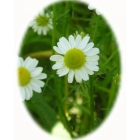 | ||
Perfect for pollinators Scented Mayweed -matricaria recutita – grows on bare open ground in dry soils and full sun and frequently appears on farmland after the soil has been disturbed. In gardens it can be grown in a cornfield meadow where plants will attract a wide range of insect life such as Bees, Butterflies and Ladybirds. Scented Mayweed has fine daisy-like flowers that are very fragrant and appear in June and July. Plants looks best growing with other cornfield annuals especially Common Poppies and Cornflowers. How to grow Scented Mayweed Seeds Scented Mayweed seeds should be sown in spring or autumn, outside, where they are to flower, and covered lightly with soil. Scented Mayweed seeds are usually easy to germinate and quick to flower. To encourage plants to self seed the soil should be disturbed in the autumn. RHS Perfect for Pollinators. The RHS Perfect for Pollinators mark is only given to plants that support pollinating insects in gardens. Bees, butterflies, moths, hoverflies and many others visit flowers to feed on nectar and pollen; while doing so they transfer pollen and increase seed set and fruit development. Find out more at: rhs.org.uk/plants To discover more plants for Bees, simply enter the word "pollinators" into the search box above. To buy Scented Mayweed seeds To purchase Scented Mayweed seeds, please select a quantity above and click add to cart. To ensure the best chance of success, we sell all of our wildflower seeds by weight, which ensures each wildflower seed packet contains a good quantity of seeds. The recommended sowing rate is 1 gram per square metre, and the number of Scented Mayweed seeds per gram is approx. 10000. All of our Wildflower seed packets contain seeds of Native British provenance. Summary type - annual, colour - White or Cream, height 25 to 75cms, flowering months - June, July, habitat - Bare, Open Ground (eg Arable field margins, disturbed, waste ground), attracts bees | ||
Printed 14/12/2025 23:00:42
st63_1 type annual colour white or cream height 25 to 75cms flowers june july habitat bare open ground eg arable field margins disturbed waste ground rhs perfect for pollinators pollinating insects bees butterflies moths hoverflies
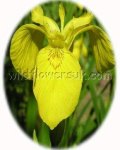
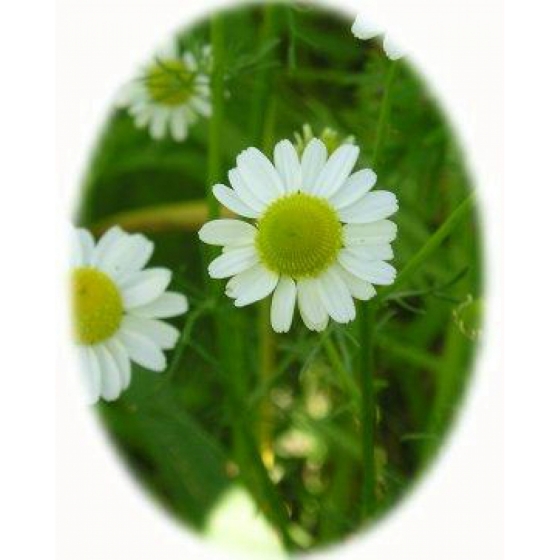
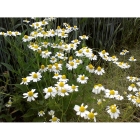
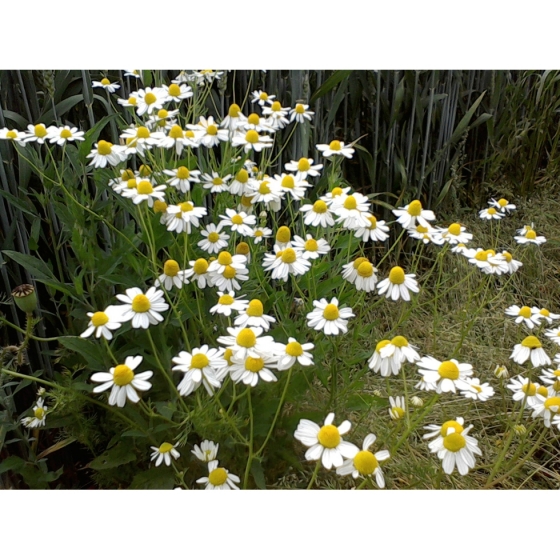



 added to basket
added to basket